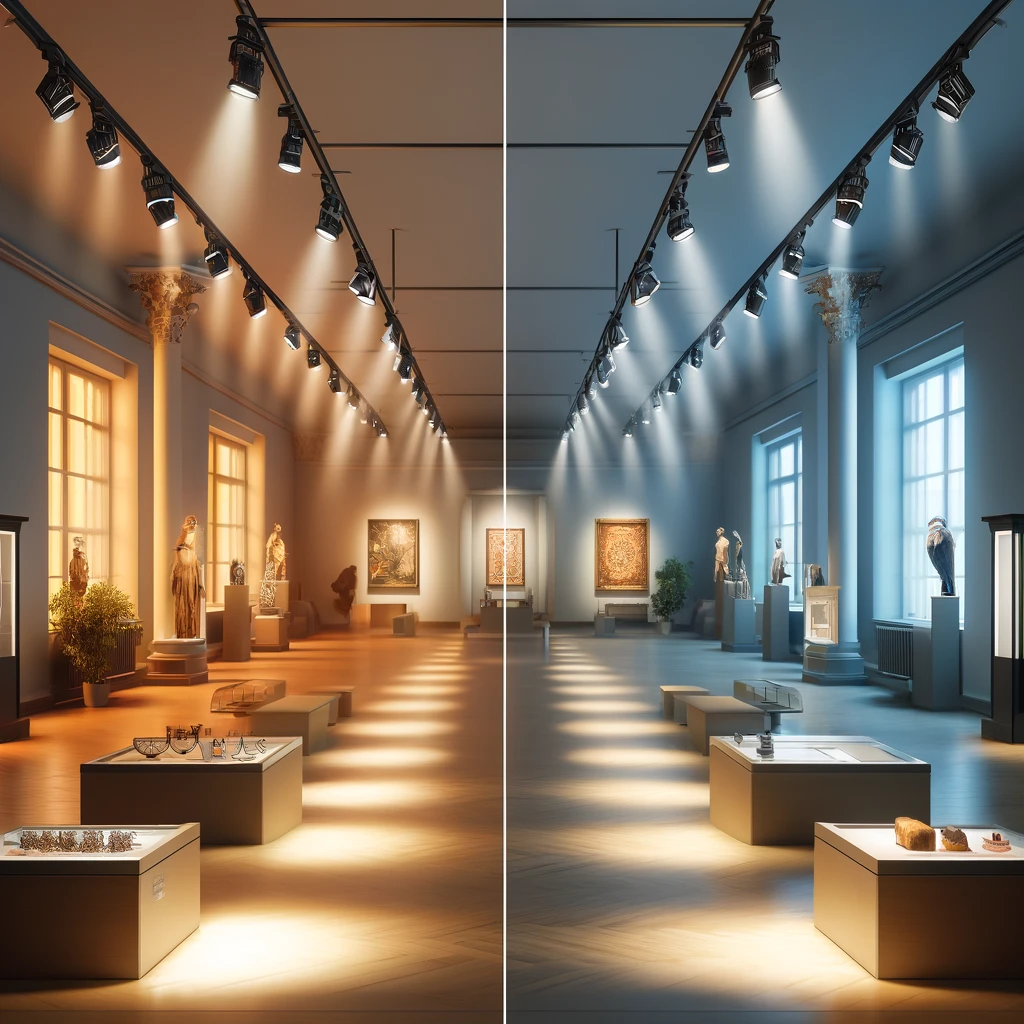Recent Posts
-
Installing Spotlights in Ceiling | Obals Expert Guide
Learn the expert steps and best practices for installing spotlights in your ceiling. Discover the benefits, tools needed, and tips for achieving a professional look.
06/21/2024
-
Warm White Versus Cool White | Expert Lighting Guide
Discover the differences between warm white and cool white lighting. Learn from industry experts about their applications, benefits, and how to choose the right color temperature for your space.
06/21/2024
-
Under Cabinet Lighting Kitchen | Expert Guide
Explore the benefits and best practices for installing under cabinet lighting in your kitchen. Learn from industry experts about types, installation tips, and design ideas to optimize your kitchen lighting.
06/20/2024
-
Screwfix LED Downlights | Expert Lighting Guide
Discover the advantages and best practices for installing Screwfix LED downlights. Learn from industry experts about their features, benefits, and tips for optimizing your lighting setup.
06/20/2024
-
Modern Lighting Factory | Expert Insights
Explore the advancements and benefits of modern lighting factories. Learn from industry experts about the latest technologies, manufacturing processes, and design trends in the lighting industry.
06/19/2024
Which is Brighter: Cool or Warm White?
Which is Brighter: Cool or Warm White?
As a lighting industry expert, one common question I encounter is whether cool white or warm white lighting is brighter. This question is crucial when deciding on the right lighting for various settings, whether it's for home, office, or commercial use. This article will clarify the differences in perceived brightness between cool and warm white lighting and offer guidance on choosing the best option for your needs.
Understanding Color Temperature
Color temperature is measured in Kelvins and determines the hue emitted by a light bulb. Warm white lights typically range from 2700K to 3000K and emit a yellowish hue akin to incandescent bulbs, creating a cozy and inviting atmosphere. Cool white lights range from 4000K to 5000K and resemble daylight, providing a more vibrant and energetic feel.
Perceived Brightness: Cool vs. Warm White
While the actual brightness, measured in lumens, can be the same for both cool and warm white lights at equivalent wattages, the perceived brightness can differ significantly due to the color temperature:
Cool White: Often perceived as brighter compared to warm white because it emits a crisper and more invigorating light that is closer to natural daylight.
Warm White: Tends to be perceived as less bright because its reddish-yellow hue provides a softer and more diffused light.
Choosing Between Cool and Warm White
The choice between cool and warm white lighting should be based on the intended use and desired atmosphere:
Residential Settings: Warm white is often preferred in living rooms, bedrooms, and dining areas where a relaxing and welcoming atmosphere is desirable.
Workspaces and Commercial Areas: Cool white is better suited for kitchens, bathrooms, offices, and retail environments where high visibility and concentration are important.
Applications and Recommendations
When selecting lighting, consider both the function of the space and the mood you wish to create:
Task Lighting: Cool white, due to its higher contrast and clarity, is ideal for task lighting in areas like kitchens, offices, or studios.
Ambient Lighting: Warm white works well for ambient lighting in living rooms, bedrooms, and hospitality settings to enhance comfort and relaxation.
Conclusion
In summary, while cool white light is generally perceived as brighter due to its daylight-like qualities, the choice between cool and warm white should align with the specific needs of the environment and the atmosphere you aim to achieve. Understanding the effects of color temperature on lighting can significantly impact your satisfaction with the lighting solutions you choose.

